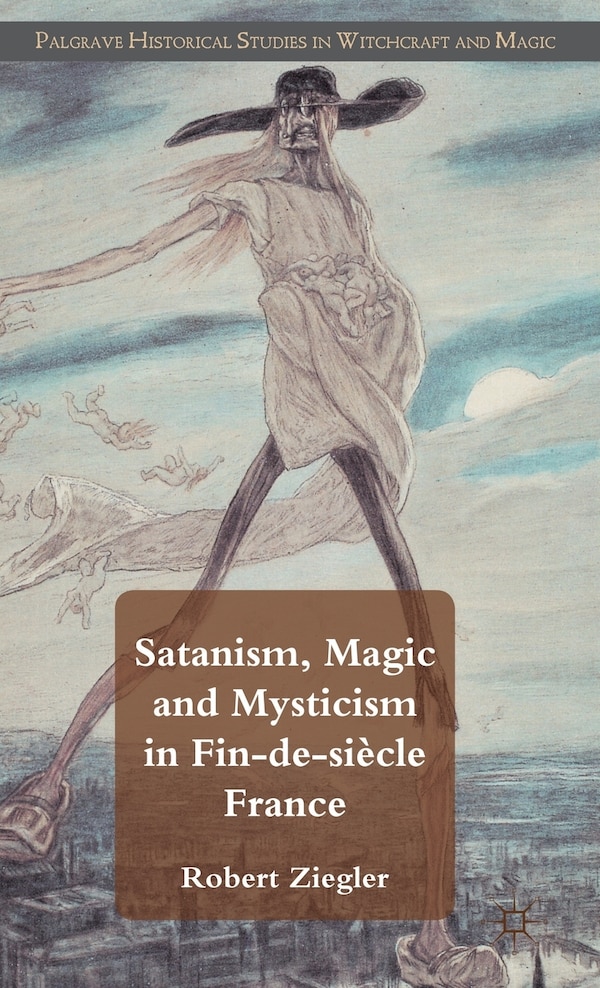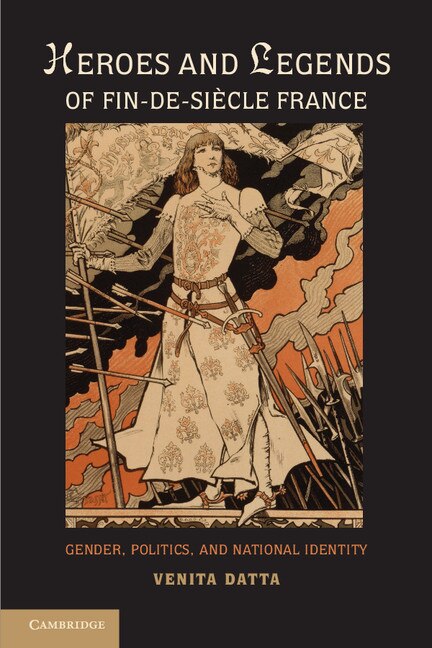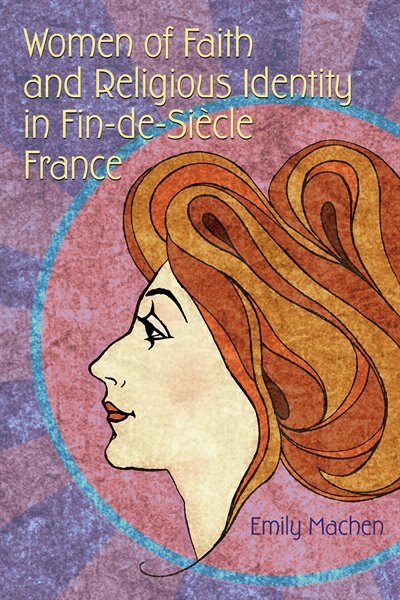Home
Neo-impressionism And Anarchism In Fin-de-siècle France by Robyn Roslak, Hardcover | Indigo Chapters
Loading Inventory...
Indigo
Neo-impressionism And Anarchism In Fin-de-siècle France by Robyn Roslak, Hardcover | Indigo Chapters
From Robyn Roslak
Current price: $224.00


Indigo
Neo-impressionism And Anarchism In Fin-de-siècle France by Robyn Roslak, Hardcover | Indigo Chapters
From Robyn Roslak
Current price: $224.00
Loading Inventory...
Size: 0.98 x 9.41 x 1.5
*Product information may vary - to confirm product availability, pricing, shipping and return information please contact Indigo
In Neo-Impressionism and Anarchism in Fin-de-Si¿e France, Robyn Roslak examines for the first time the close relationship between neo-impressionist landscapes and cityscapes and the anarchist sympathies of the movement's artists. She focuses in particular on paintings produced between 1886 and 1905 by Paul Signac and Maximilien Luce, the neo-impressionists whose fidelity to anarchism, to the art of landscape and to a belief in the social potential of art was strongest. Although the neo-impressionists are best known for their rational and scientific technique, they also heeded the era's call for art surpassing the mundane realities of everyday life. By tempering their modern subjects with a decorative style, they hoped to lead their viewers toward moral and social improvement. Roslak's ground-breaking analysis shows how the anarchist theories of Elis¿Reclus, Pierre Kropotkin and Jean Grave both inspired and coincided with these ideals. Anarchism attracted the neo-impressionists because its standards for social justice were grounded, like neo-impressionism itself, in scientific exactitude and aesthetic idealism. Anarchists claimed humanity would reach its highest level of social and moral development only in the presence of a decorative variety of nature, and called upon progressive thinkers to help create and maintain such environments. The neo-impressionists, who primarily painted decorative landscapes, therefore discovered in anarchism a political theory consistent with their belief that decorative harmony should be the basis for socially responsible art. | Neo-impressionism And Anarchism In Fin-de-siècle France by Robyn Roslak, Hardcover | Indigo Chapters














